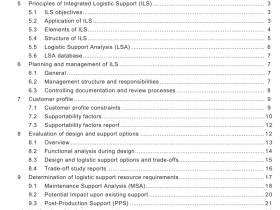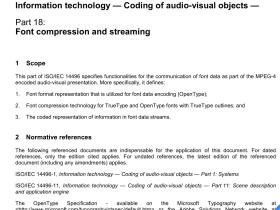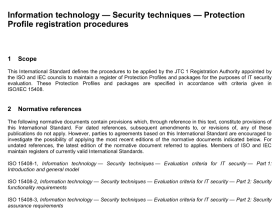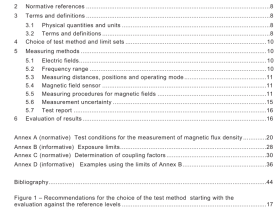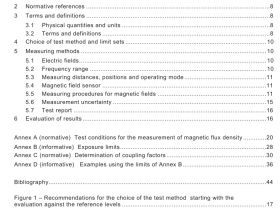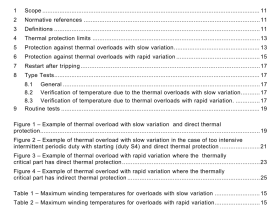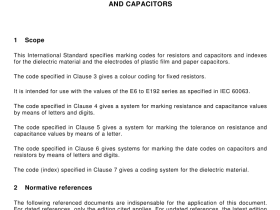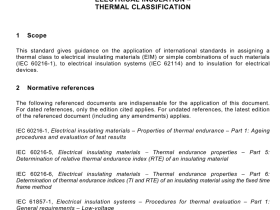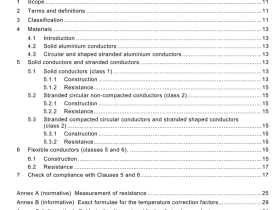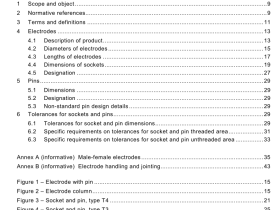IEC 61467 pdf download
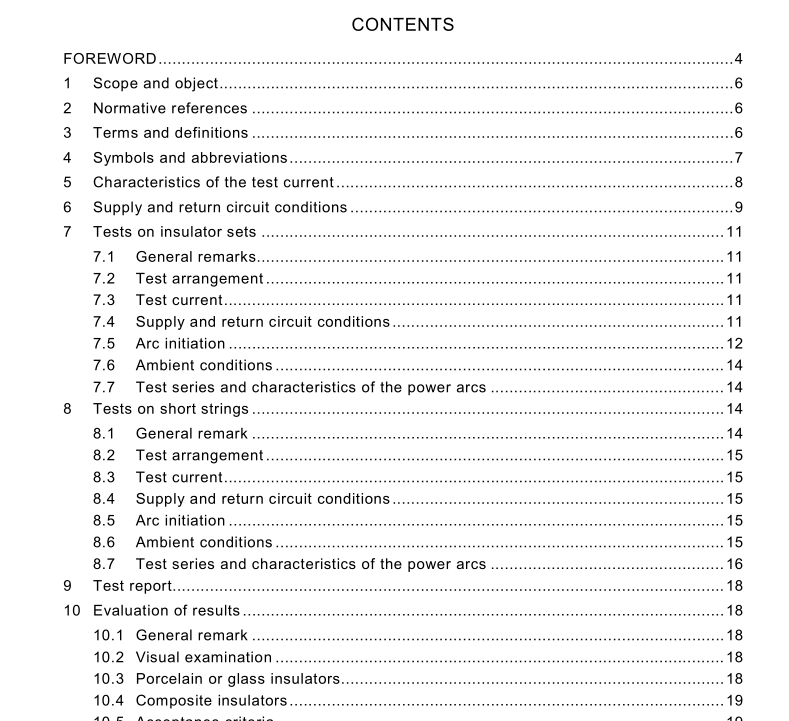
IEC 61467 pdf download Insulators for overhead lines – Insulator strings and sets for lines with a nominal voltage greater than 1 000 V – AC power arc tests
I Arc current
I n Specified arc current
t Arc time
t n Specified arc time
I m Peak current value
I R1 ,2 Currents in the return circuit
I S1 ,2 Currents in the supply circuit
I sys Rated short-circuit current of the network system
L A Length of the insulator string
L B Length of the insulator set
L R Length of simulation of the return circuit
L S Length of simulation of the supply circuit
D Distance from the centre point of the tested insulator set to the surrounding framework
M L Mechanical load on the tested insulator set
α Angle from the horizontal plane of a tension insulator set
SFL Specified minimum (electro-)mechanical failing load
SML Specified mechanical load
5 Characteristics of the test current
The tests shall be made with single-phase alternating current. Initial asymmetry (d.c. component) shall not exceed 30 %.
NOTE This requirement is explained by the fact that the flashovers on a contaminated insulator set in service generally occur in the vicinity of a voltage peak, consequently with a minimal direct current component.
For 50 Hz or 60 Hz systems, the frequency of the test circuit shall be from 45 Hz to 65 Hz. For other system frequencies, the frequency of the test supply shall not in principle deviate from the specified value by more than 1 0 %. By agreement with the user, tests may be performed at a higher or lower frequency than the intended operating frequency.
The frequencies may vary within the above limits during each test. The test circuit shall be adequate to supply the specified values of arc current (r.m.s) and arc duration. Annex C gives information on no-load voltages suggested to achieve specified current values. Unless agreed otherwise, the permissible tolerance of the arc current with respect to the specified r.m.s. value of the current is ±1 0 %. The actual arc current during the test shall be practically sinusoidal.
The r.m.s. value of the test current may be derived from the arithmetic mean of the peak values during the test duration (see Annex B). If the measuring equipment permits, the r.m.s. value may be calculated from the current function.
The test current shall be essentially constant over the arcing time. During the arcing time, the following deviations from the specified value are permissible:
– the arc current crest values shall not deviate from the specified value ) 2 (n I by more than ± 20 %;
– for arcing times greater than 0,2 s, the above tolerance may be exceeded during not more
